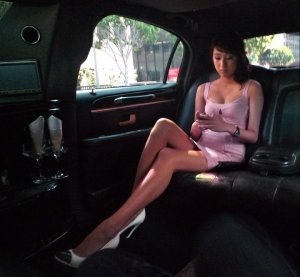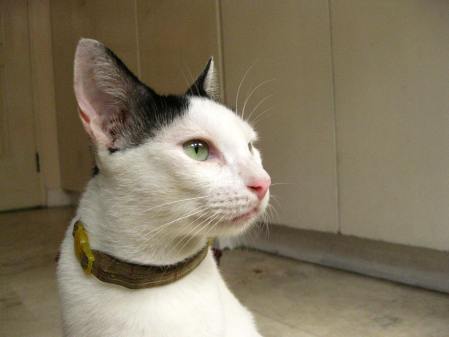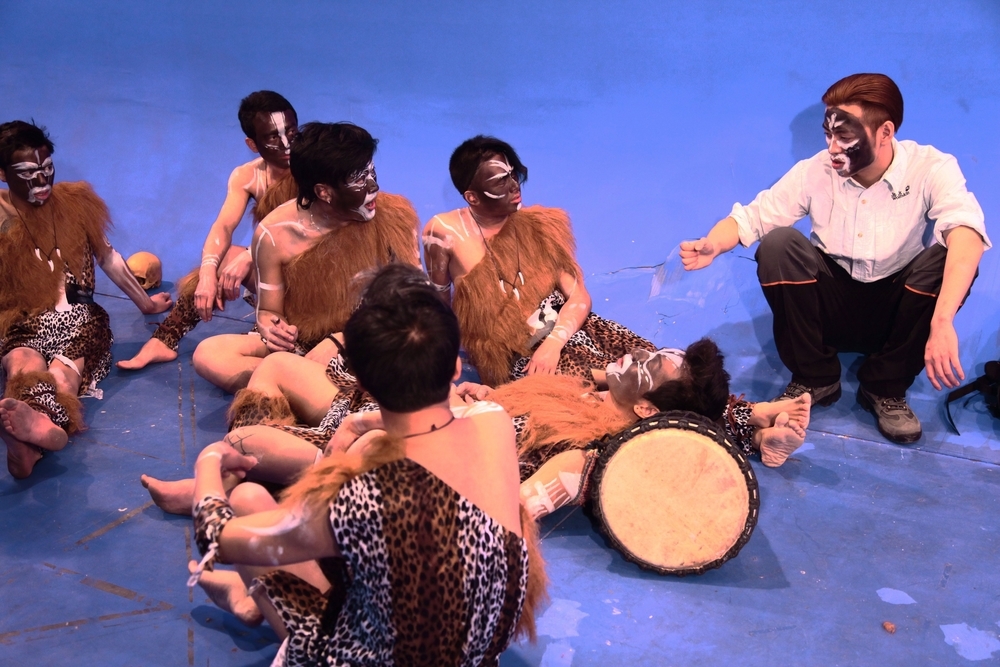Teaching Fashion History at a Public University, Jeane Napoles, and Derivatives
For two years, I’ve had the privilege of teaching the courses in Western and Asian costume development, as part of the University of the Philippines’ Clothing Technology program (which has been my sole source of stable employment for the past four years). I call it a privilege because it has been fun (for me) and, among all of the classes I’ve taught, has provided the most potential for future projects. In these courses, it has always been important to maintain a candid and comfortable atmosphere, particularly because of the difficulty that comes with separating one’s personal beliefs from the many layers that cloak the subject of fashion. If it’s true that what you wear on your body, what sits next to your skin, reflects your politics, then this permeates the lessons I’m tasked with passing on to a room full of bodies dressed to express whatever is cycling around in their brains (edit: my friend just confirmed that I dress like a color blind toddler, so fuck it). There has to be room to argue.
I was only three years older than my eldest student (in one case, I was five years younger, and there are still cases where we’re the same age. It’s just a little awkward. A little, sometimes) when I started; but four years in, I’ve already been set apart, in age, by a decade from our current crop of freshmen. This is probably more than enough to guarantee a degree of loss in transgenerational discourse, but it’s still not enough to set you apart in terms of technology. Even if I’m finally old enough to be taken seriously as an authority figure, the electronic extensions to our limbs are pretty much the same. We all have fingers made for keystrokes and eyeballs that extend to screens…They just have nicer phones.
When it comes to history however, we’re practically on separate planets, and this is a common gripe among teachers when it comes to trying to get through to this subset of digital natives. When your consciousness is an extension of your social networks, the information you process extends solely from specific algorithms, negating the possibility of a cybernetic common ground–ask Aziz Ansari, or something. The paradox of living in the information age is that even with the positive and emancipatory potential that comes with unlimited access to information, it is also too easy for issues that were once deemed front page fodder to be relegated to the bottom of the stream. If everyone has their own front page (aside from personal issues of course), then how is this reconfiguring the terms of what is and isn’t newsworthy? Would you even trust someone who constantly googles herself to be her own reliable filter?
And…This is why, even with everything that’s happening in meatspace, I still have to keep up with dumb shit on twitter. Or rather, this is why I have to care about people like Jeane Napoles – a person so fashion that fashion went and ate its own spleen the minute her name became associated with it. Unfortunately fashion no longer had a spleen, because Jinkee Pacquiao.
When it comes to fashion, and here I’m limiting the concept to clothing and its performance (socially, not materially), the boundaries between the social, the cultural, and the personal are so heavily blurred, making it difficult to discuss without steering into a blind alley of subjectivity. How do you even begin to explain a serviced apartment at the Ritz (it’s called the fucking Ritz!) alongside international students fees and tuition at FIDM–and everything else on top of that?
From there, how do you go backwards into the industry’s history of casual yet subtle violence, underpinning the movement of an object, from its material and social functions, to the legacy it leaves as an idea, in order to make sense of its contemporary “eventuality” as a case study like Jeane Napoles?

When I taught my first history class, I didn’t have the ideas fully articulated so I just let movies do the talking. Through marathon viewings of The Tudors and Velvet Goldmine, I would sit at the back, trying to figure out what it was about fashion that we weren’t really saying. That was three years ago, and now that I’m teaching a similar subject, it’s only now that I’m beginning to grasp fashion’s role in ripping at the seams of an already fragile social fabric without flinging shit at people who covet designer dresses and handbags that cost more than my annual income. Not only might some of those people be my students, but it does little to acknowledge the shared responsibility that comes with building this institution, and the accompanying imbalances. And because it cycles through this very same plane as desire, it perpetuates itself as light rather than shadow, represented as aspiration rather than alienation. Instead of remaining in the shadow of (late) capitalism with the sweat shops and scammers (which arguably inhabit separate realms of the fashion industry), fashion stubbornly hogs the limelight, with all the Jeane Napoles-types fighting for their own time to shine.
Yet, while she may just be some womanchild living off her parents’ ill-gotten (although this has “yet to be proven” [haha, right]) wealth, that doesn’t explain why there are still too many like her; and too many who will balk at seeing how she carries on, despite not-so-secretly coveting the life she’s living. To jump to mass hypocrisy as a conclusion is too simple, and that’s where the conflicts lie. Incarnated as craftsmanship or performance, beauty is too loose a term to comprehend the massive rift between the price and the actual cost of an object, especially when we talk about fashion. Even as we are repelled by the speculative, financialized arm of the fashion market–where we trade derivatives rather than clothes–there are still so many aspects of the industry which captivate and remind us that human hands are capable of bringing a thing of beauty to life.
While beauty (and the monopoly of the term by certain industries and certain geocultural regions) may be another issue altogether, the extent of our complicity in defining it has yet to be discussed–without resorting to the usual barrage of cattiness, or racist comments about how some person who bought her way into being relevant is too brown to be wearing Vuitton, or myopia accompanying interclass warfare. If the fashion industry is too easily dismissed as a frivolous and fanciful pursuit, then how come the story keeps ending the same way? How come we’ve never done anything about it? And why are all the key players dressed the same?
Also, what the fuck is this?










